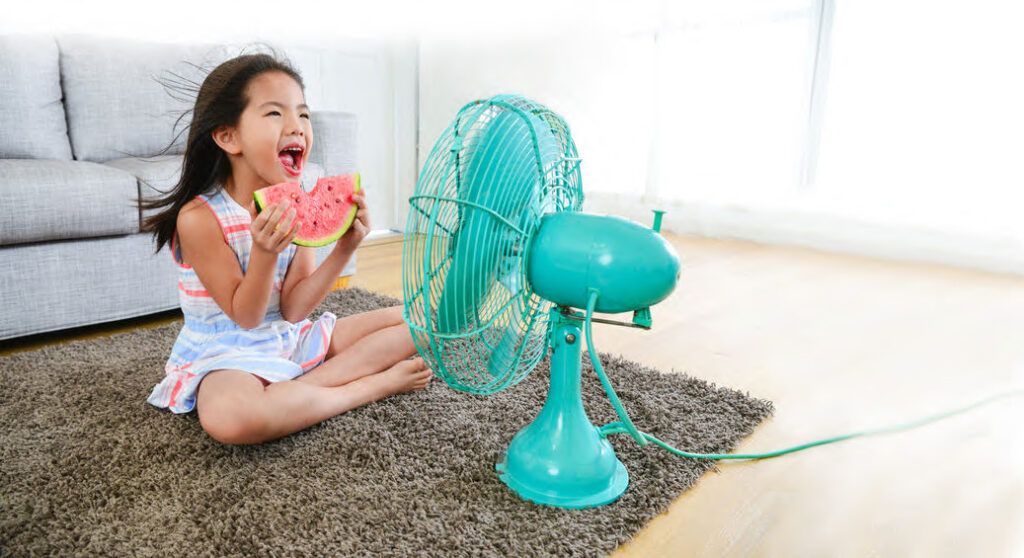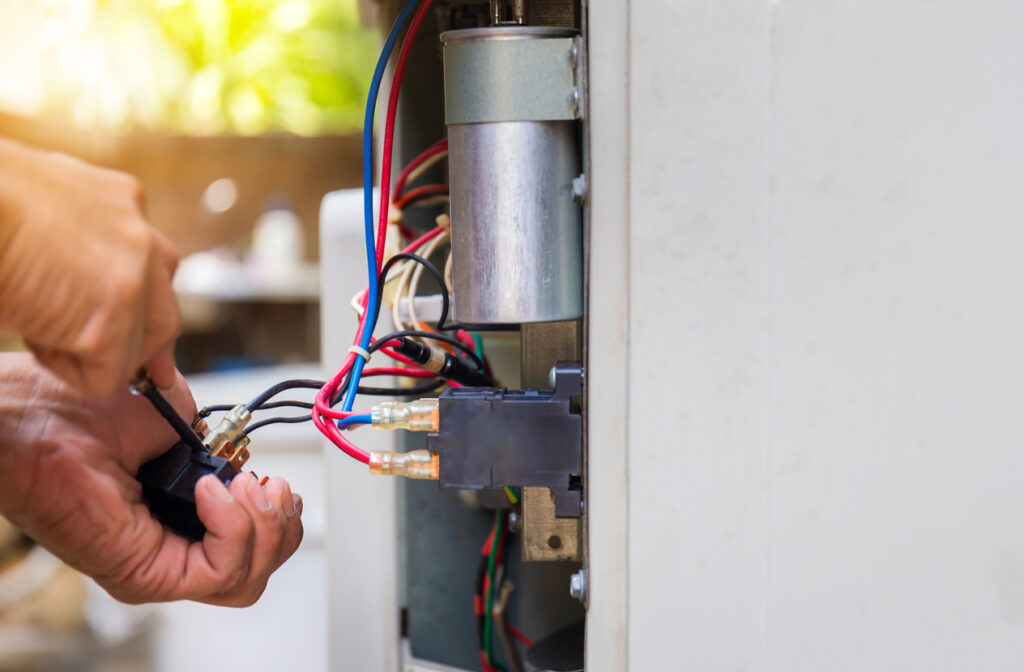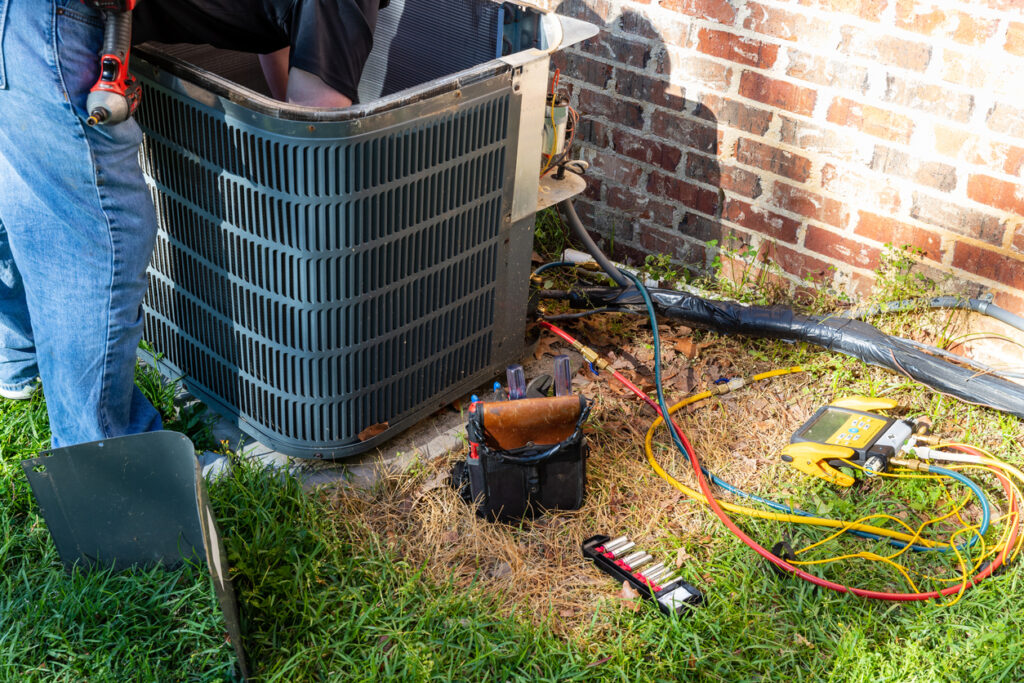Bathroom Plumbing: How To Fix Toilet Seal The Right Way
Modern life requires people to use products they don’t understand. For example, many people use microwaves without any conception of how radiation heats food; people drive cars without understanding how gasoline powers movement. Similarly, many homeowners don’t know how their plumbing systems function; they’re just relieved that they do. Although a rudimentary understanding of a bathroom plumbing system or appliance is enough to know when to call a professional, attempting a DIY plumbing fix requires a little more knowledge and research.When it comes to toilets, there’s a lot more than meets the eye. In addition to plumbing components that connect the toilet to the wall behind it, there are plumbing components below the toilet. One of these components is the toilet seal, a simple ring with a large role to play. Although they can last for decades, toilet seals will eventually crack or break. Keep reading to learn how to fix a toilet seal the right way.Not interested in DIY toilet plumbing? We don’t blame you — a lot can go wrong if you don’t know what you’re doing. Strittmatter Plumbing, Heating and AC is happy to replace your toilet seal and make any other plumbing repairs you need. Call us today at 940-246-2075.
What Is a Toilet Seal?
Each toilet has a toilet seal, a ring-shaped part hidden under the base of the toilet. Although you can’t see it, the toilet seal plays an essential role in maintaining a properly functioning toilet. There are two primary types of toilet seals: wax rings and gaskets. Within these categories, there are many variations. Regardless of type, toilet seals provide the same critical functions.
Leak Prevention
When you flush the toilet, water stored in the toilet tank moves to the bowl, carrying wastewater down into the drain pipe underneath your toilet. If your toilet base sat directly above the drain pipe with no component guiding their connection, some wastewater would inevitably escape when you flushed, potentially splashing or leaking from your toilet base. The toilet seal prevents this by providing a waterproof seal at the point of connection between the toilet and drain pipe.
Odor Control
In addition to preventing leaks, the toilet seal plays a critical role in odor control. The ring or gasket creates an airtight seal that prevents rising sewage gas from escaping the toilet base. When the toilet seal is functioning properly, sewage gas is sequestered to the toilet trap until the next flush.
Stability and Comfort
When you sit down or get up from the toilet, you’re subjecting it to a lot of force. The toilet seal is the component that takes the brunt of that force. Without the toilet seal, the toilet anchor flange would have to absorb the impact, which could result in a cracked flange, loose mounting bolts and a wobbly toilet.
When to Replace Toilet Seal
Before you learn how to replace a toilet seal, it’s important to learn when it’s necessary. Toilet seals can last the life of the toilet — 20 or 30 years — so if you’ve replaced the seal in recent memory, you probably don’t need to do it again. However, if you’ve never replaced the seal, the following signs may mean that you need to:
- Water around the toilet base. When you notice water collecting around the toilet base, try wiping it up and leaving for a few hours. If water has gathered in the same place when you return, you may have a broken toilet seal.
- Bathroom odors. All bathrooms smell bad on occasion, but they shouldn’t smell bad all the time. If you notice an odor emanating from your toilet, the toilet seal may be broken, allowing sewage gas to escape.
- Floor or ceiling damage.Sometimes a faulty seal doesn’t cause water leaks around the base of the toilet, but rather below it. This can result in water damage to your floor and ceiling, which could cause odors and dangerous mold growth.
Although these are signs of a broken toilet seal, they can also indicate other plumbing issues. If you’re unsure of what to do, your best bet is to consult a bathroom and toilet plumbing expert to assess the situation.
Steps to Replace Toilet Seal
If you’ve identified the toilet seal as the cause of your toilet plumbing problems, it’s time to fix the issue. Luckily, it is a doable task for the DIY plumber, as long as they follow the essential steps.
- Empty all water from the toilet. To do this, you need to shut off the toilet’s water supply by turning the supply valve (behind the toilet) in a clockwise direction. After the water is off, flush the toilet until all of the water is drained from the bowl and tank.
- Detach the toilet from the wall and water supply line. Disconnect the water supply line from the valve and unfasten the toilet mounting bolts. Remove any caulk that connects the base of the toilet to the floor.
- Remove the toilet tank. Loosen the bolts that attach the tank to the toilet body, then lift the tank off its mount and set it on a covered surface.
- Remove the toilet bowl. Toilet bowls are extremely heavy, so don’t be shy about asking a friend for help. It’s important to set the bowl on some sort of buffer, such as wood blocks, so that it doesn’t damage your floor.
- Remove the toilet seal and inspect the flange for damage. At this point, you’ll see the toilet seal where your toilet used to sit. Remove it (you may need to use a knife) and put it in a bag. Then clog the drainhole with a t-shirt or rag so that you don’t breathe in noxious sewer fumes. Inspect the flange; if it is damaged, you need to replace it before moving forward.
- Attach the new toilet seal. This is a straightforward process; simply follow the attachment instructions provided with the product.
- Move the toilet back into place. After you make sure the bolts are still in place, move the toilet back over the drainhole, position it correctly and tighten the bolts.
- Reattach the toilet tank. Put the tank back on the toilet and make sure you get a good seal before tightening the bolts.
- Reconnect the water supply line. Reconnect the water fill valve to the water supply line and turn it on. The water should begin to fill the bowl and tank.
- Monitor the toilet for leaks. Be on the lookout for water leaks around the toilet base and gas odors. Either of these could be signs that something went wrong during installation.
Once you’ve completed these steps, take a moment to congratulate yourself on a successful plumbing installation! If something went wrong during the installation process and water is leaking, don’t panic — call a Flower Mound leak repair expert.
Flower Mound Bathroom Plumbers
The bathroom plumbing system is complex, which is why professional plumbers amass their expertise over years of experience. If you’re not comfortable doing toilet plumbing on your own, we don’t blame you. In fact, if you don’t know what you’re doing, it’s a much smarter decision to call a professional. Moving forward without sufficient knowledge and training can result in expensive mistakes and damage. Whether you need a toilet repair, replacement or installation, Strittmatter Plumbing, Heating and AC is here to help. Contact us online or give us a call at 940-246-2075.






